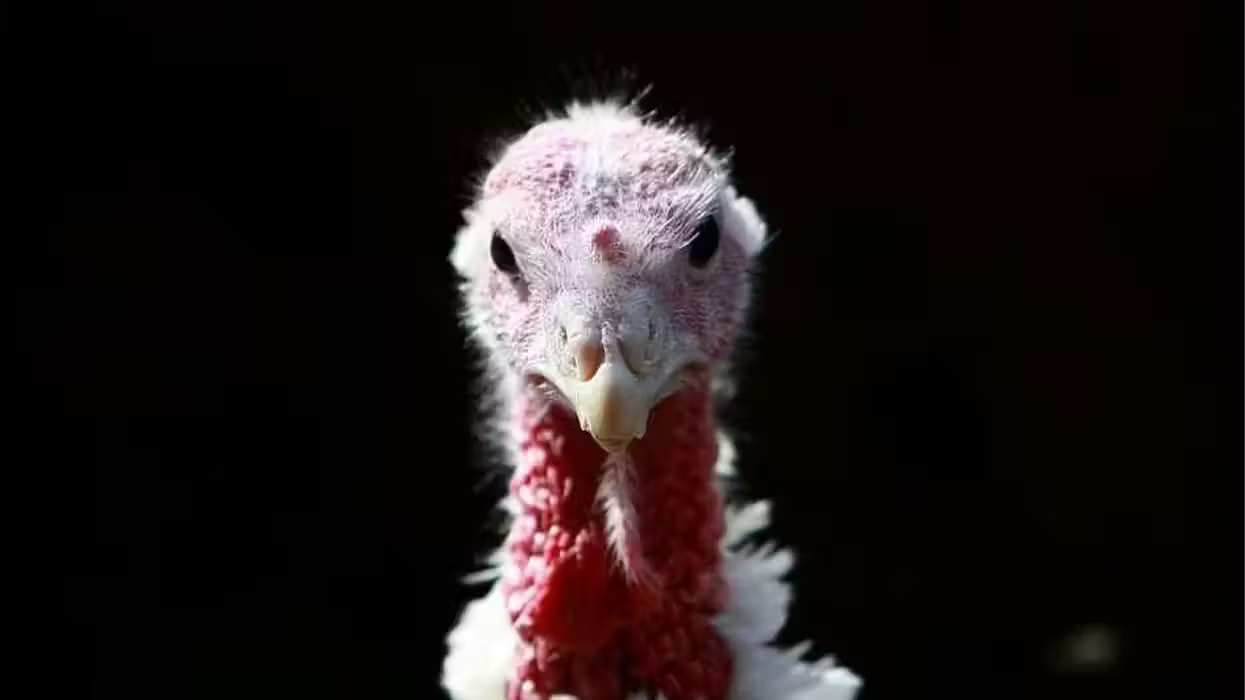
© 2025 Blaze Media LLC. All rights reserved.
WASHINGTON (The Blaze/AP) -- The Federal Reserve announced Wednesday that it would commit an addition $267 billion to “Operation Twist,” a program intended to drive down long-term interest rates. The Fed cited weak hiring and lousy consumer spending as reasons for committing this additional “support” to the economy.
But what is “Operation Twist”? As reported earlier on The Blaze:
The plan … resembles a program the Fed used in the early 1960s to “twist” long-term rates lower relative to short-term rates.[…]
Under its plan, the Fed will extend the average maturity of its holdings from six to eight years. The Fed has directed the New York Fed to buy Treasurys with remaining maturities of six to 30 years, and to sell an equal amount of securities with maturities of three years or less.
The Fed announced that it will continue the program through the end of the year, adding that it might help spur more borrowing, spending, and growth.
But extending “Operation Twist” might not provide much benefit. Long-term U.S. rates have already touched record lows. Businesses and consumers who aren't borrowing now might not do so if rates slipped slightly more.
Fed officials are also reiterating their plan to keep short-term rates at record lows until at least late 2014. They also repeated a warning that Europe's financial crisis continued to pose a significant risks to the economy.
The Fed has more leeway to act because it says inflation has declined. It pointed to lower gas and oil prices.
The statement was approved on an 11-1 vote. Jeffery Lacker, president of the Richmond Regional Fed Bank, dissented for the fourth straight meeting. The statement said he opposed the continuation of “Operation Twist.”
The U.S. economy looks weaker than it did when the Fed last met in April. Growth was more sluggish in the first three months of the year than first estimated. Job growth averaged only 73,000 in April and May, after average gains of 226,000 per month in the first three months of the year.
When the “twist” was first introduced, Michael Feroli, chief U.S. economist for JPMorgan Chase, had this to day: “It’s better than nothing but it’s obviously not going to be a knockout blow or a game changer for the economy.”
Based on the Fed's reasoning (i.e. weak spending and high unemployment) for committing addition billions to a program it introduced back in September 2011, it doesn’t look like Feroli was too far off the mark.
The Associated Press contributed to this report.
Want to leave a tip?
We answer to you. Help keep our content free of advertisers and big tech censorship by leaving a tip today.
Want to join the conversation?
Already a subscriber?
more stories
Sign up for the Blaze newsletter
By signing up, you agree to our Privacy Policy and Terms of Use, and agree to receive content that may sometimes include advertisements. You may opt out at any time.
Related Content
© 2025 Blaze Media LLC. All rights reserved.
Get the stories that matter most delivered directly to your inbox.
By signing up, you agree to our Privacy Policy and Terms of Use, and agree to receive content that may sometimes include advertisements. You may opt out at any time.





